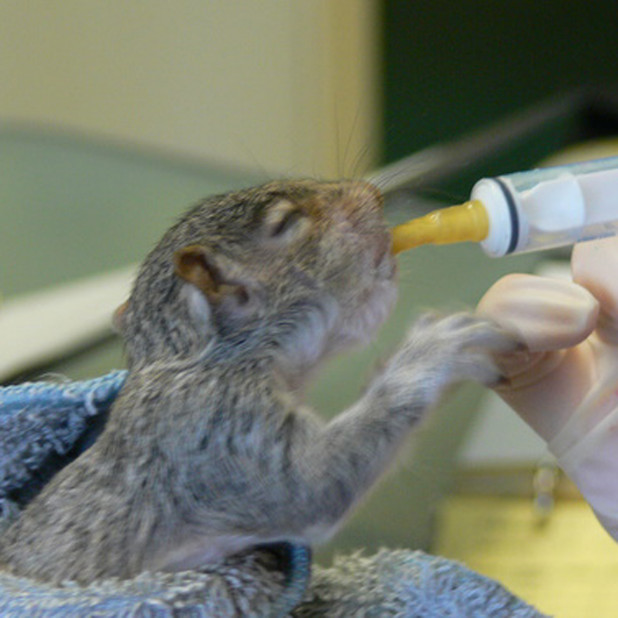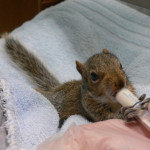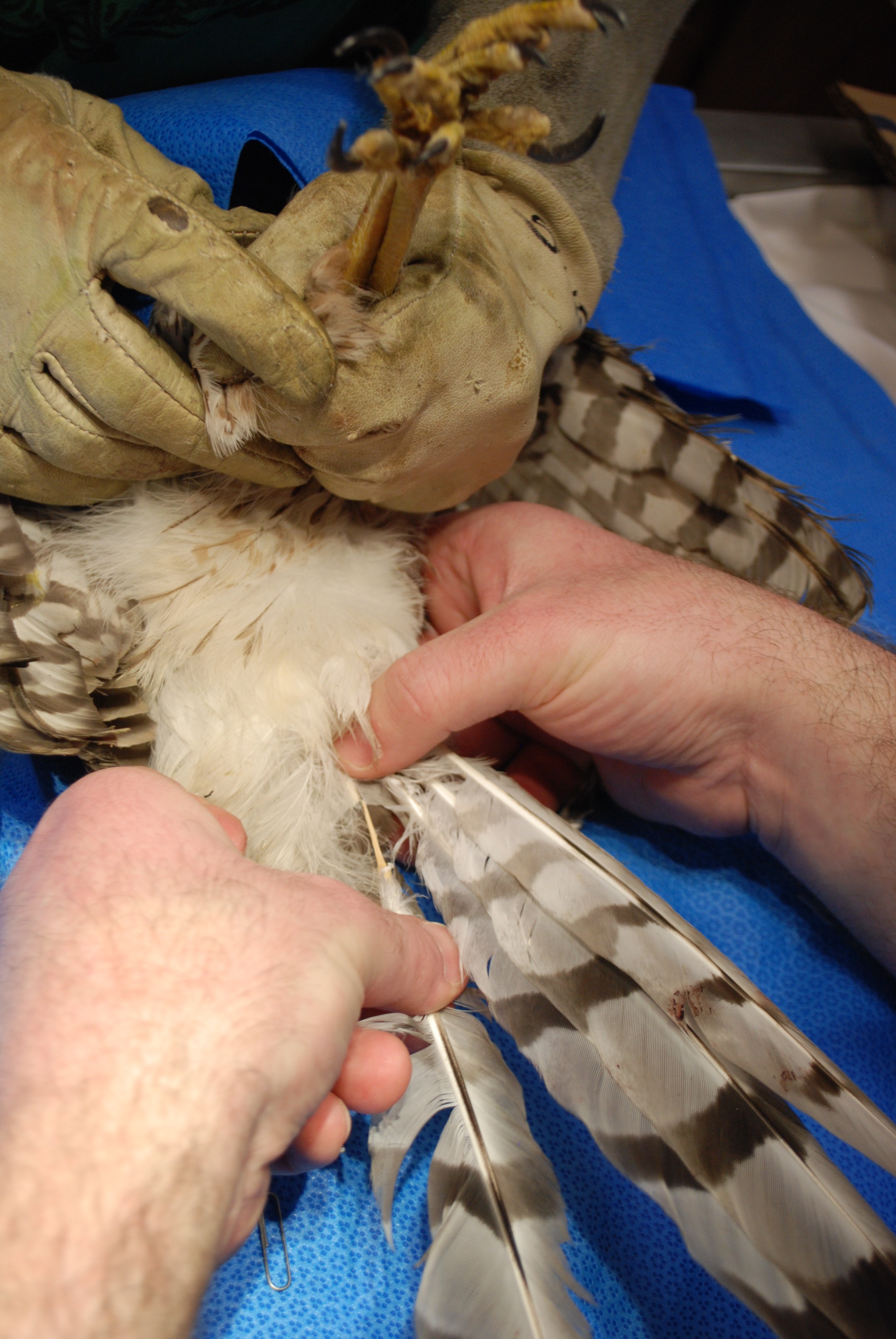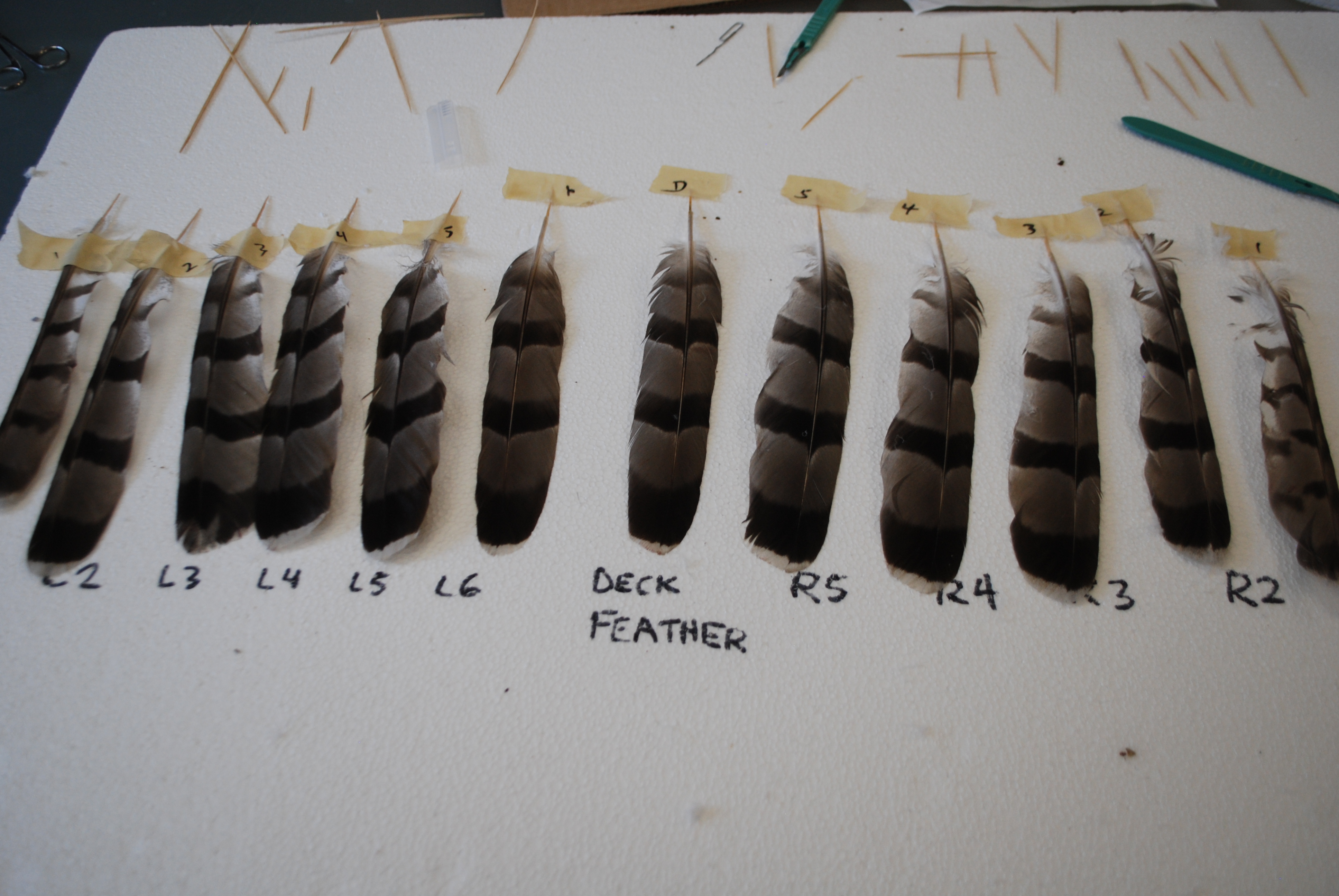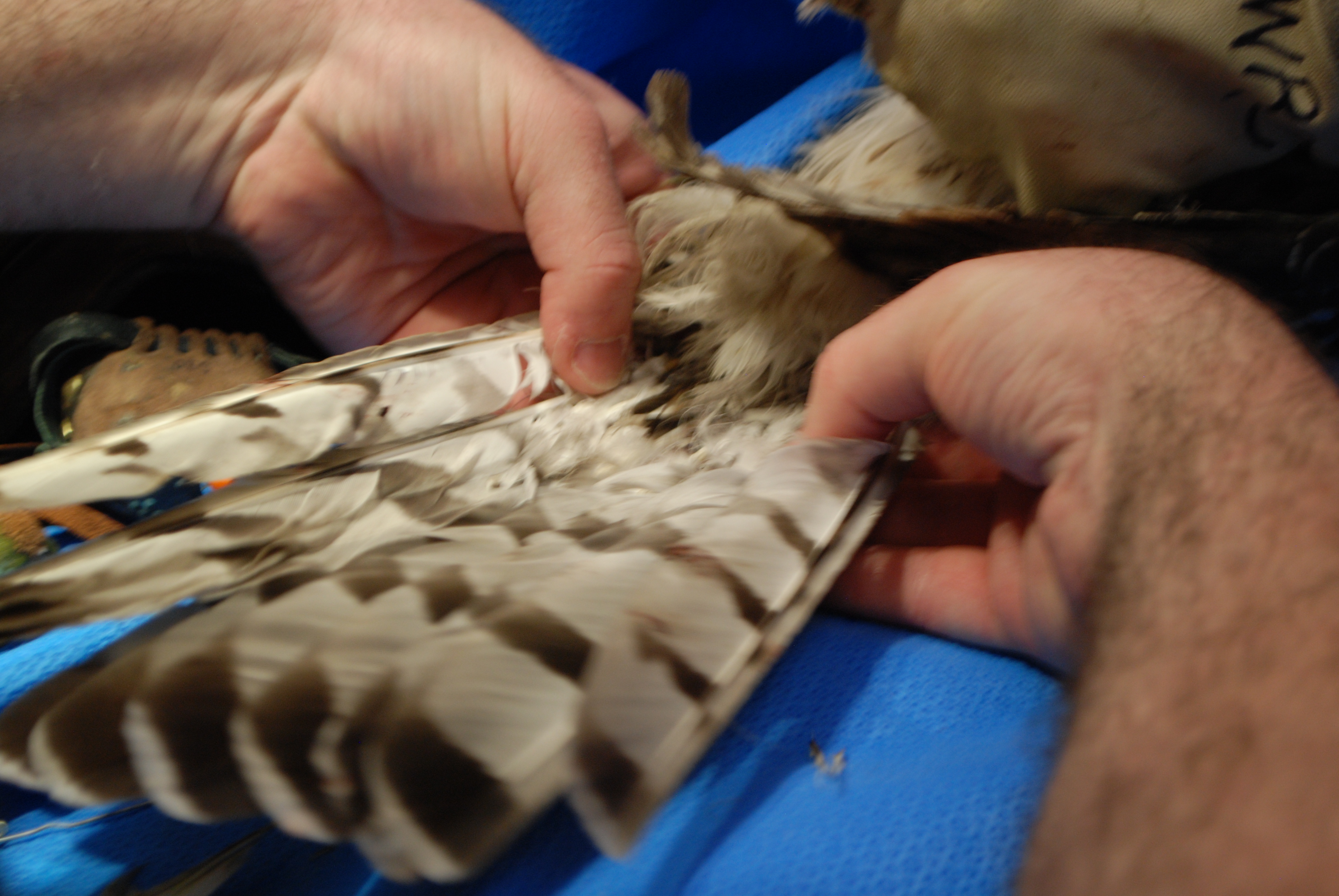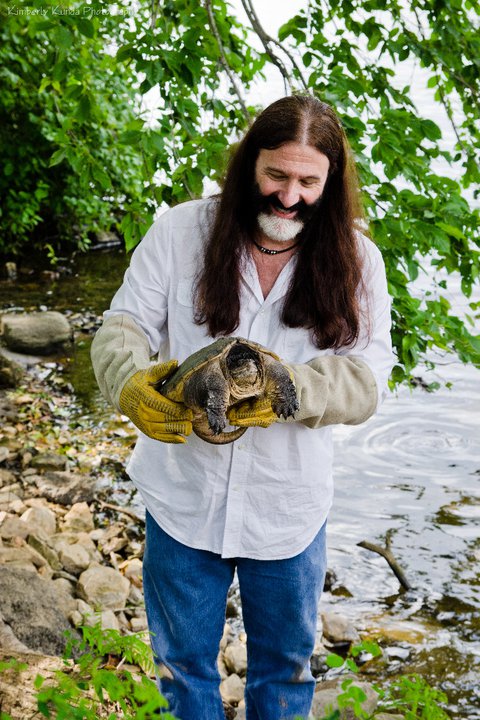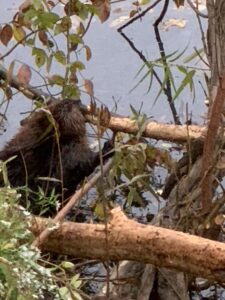 One of the feel-good stories on the environmental scene is the rewilding of large cities like Philadelphia, where suddenly peregrine falcons nest in church steeples and on Delaware River bridges, bald eagles pull large fish out of the Schuylkill River, and coyotes amble down Domino Lane.
One of the feel-good stories on the environmental scene is the rewilding of large cities like Philadelphia, where suddenly peregrine falcons nest in church steeples and on Delaware River bridges, bald eagles pull large fish out of the Schuylkill River, and coyotes amble down Domino Lane.
In that vein, members of the Roxborough-Manayunk Conservancy were somewhat startled to discover that the restoration plantings they’ve doggedly placed along the Schuylkill River have been devoured by…beavers! Wait, beavers in Roxborough?
Once extirpated—a fancy word meaning locally extinct—across Pennsylvania, hunted because their fur was remarkably valuable and because we did not appreciate their ability to rearrange landscapes to their own ends. But beavers have been returning to our state over the last century, and have been seen along Tacony and Pennypack Creeks since about 2008. And now they have taken up residence in the Schuylkill River and Manayunk Canal around Flat Rock Dam.
“I first noticed beavers and their lodge in the winter of 2018,” observed Suzanne Hagner, Roxborough resident and member of the Roxborough-Manayunk Conservancy, “as I rode out the Schuylkill River Trail towards Shawmont. I could see where they had worn down a path into the woods on the far side of the trail and I guessed that was where they were going for food.” The lodge was near Flat Rock Dam, and they have been spotted—and photographed—as far down as Lock Street and as far up as past Shawmont Avenue, both in the canal and along the river.
“You can see their work from Lock to Cotton streets,” added Kay Sykora, another key Conservancy member, “particularly in the Cotton Street area; look for the damage on the banks and trees.” She offered that there was a “small dam in the wetlands near the upper locks” but that may have been damaged by heavy storms. Tom Landsmann, president of the Conservancy, offers that “the very best place to see the beaver or signs of the beaver’s visits is from the river. Take a kayak or paddle board and look for the damaged bark or the lodges. Look just above the flat rock dam on the Philly side, but on the Lower Merion side and up river as well. Can’t miss it.”
They famously cut down saplings and trees with their chisel-like teeth, building dams and lodges with the branches, chewing the inner bark of trees as their favored food source. That tree-cutting, of course, can sometimes interfere with our own good work.
“Beavers have good taste in trees,” Tom added, tongue in cheek. “They ate over 60 trees we planted along the canal last year. But we adjusted. Last spring, we painted the uneaten trees with latex paint mixed with a lot of sand,” the grit distasteful to the large rodents. “Many of the damaged trees grew out again this summer,” he continued. “We wrapped those trees in cages this fall. We installed 130 cages along the canal near both sides of Fountain Street.”
Bernard “Billy” Brown, author of Grid magazine’s Urban Naturalist column, told me that, in addition to the cages, Riverfront North, a group doing restoration work along Pennypack Creek, “has planted species that can rebound well after being cut down by beavers, like willow species in particular.”
The Conservancy recently hosted a walk-through of the area with a self-described “beaver believer” they brought in from central PA, and their takeaway was similar. “The other approach which I believe we will have to do,” continued Kay, “is to rethink our plantings. We need to put in more herbaceous plants on the impacted banks and see if we can add things like willows to the upper wetland areas to keep them in that area, which is better suited for them and for us.”
Suzanne Hagner agrees. “There are plants, several species of low growing willow that beavers eat that we can plant and hopefully, if we get them planted soon, we can entice the beavers to move further out the trail” and away from their restoration plantings.
Billy Brown has been writing about the beaver’s return to Philadelphia for a while now. “As a reaction, I’ll say that beavers and their return to Philadelphia show the importance of waterways in connecting urban habitat with the surrounding landscape. I think most people under-appreciate how severely our system of roads isolates habitat, an issue the Schuylkill Center contends with the Toad Detour project, for example. Waterways and the green corridors around them are exceptions to the fragmentation of habitat in urban landscapes. The ability of beavers to quickly disperse through the city shows that. It’s both tantalizing and frustrating to imagine how different our urban ecosystems would be if we could more broady connect to the surrounding landscape.”
Suzanne Hagner has been reading up on beaver, passing books along to Conservancy members. “They are amazingly skilled at creating waterways and irrigation systems that lead to ecological health,” she said. “Our consultant offered that the return of the beavers was a very good sign in our area, as the beaver is an ecological system in itself. I had lived in Washington state, and had heard that beavers were being reintroduced in eastern Washington to help curb the arid areas that are prone to wildfires.”
“The return of the beaver,” notes Kay Sykora, “along with a wide range of wildlife like herons and turtles underscores the health of our river area, once one of the most damaged and polluted rivers in the country. Beaver were virtually trapped out of existence for their fur, and there was no understanding of the role they played in the environmental balance of nature. They are key to the health of our wetland areas and the range of wildlife that needs those areas to survive.”
Go for a walk along the Schuylkill River Trail, and find for yourself the pointed chiseled ends of tree trunks along the canal and river. It’s evidence of Roxborough’s newest neighbor, the beaver.
—By Mike Weilbacher, Executive Director
Photo/Video by Linda Lee McGinnis

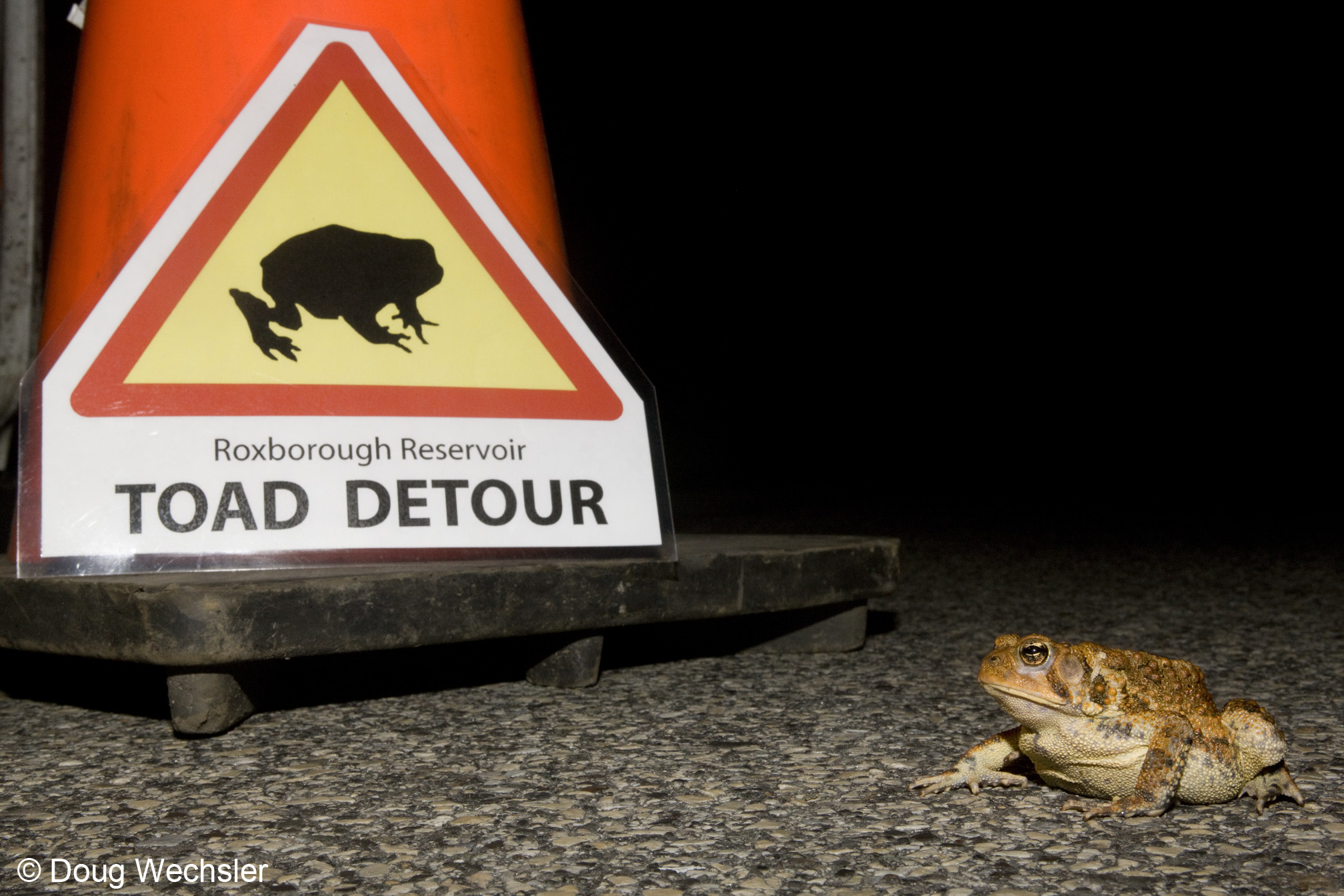
 One of the feel-good stories on the environmental scene is the rewilding of large cities like Philadelphia, where suddenly peregrine falcons nest in church steeples and on Delaware River bridges, bald eagles pull large fish out of the Schuylkill River, and coyotes amble down Domino Lane.
One of the feel-good stories on the environmental scene is the rewilding of large cities like Philadelphia, where suddenly peregrine falcons nest in church steeples and on Delaware River bridges, bald eagles pull large fish out of the Schuylkill River, and coyotes amble down Domino Lane.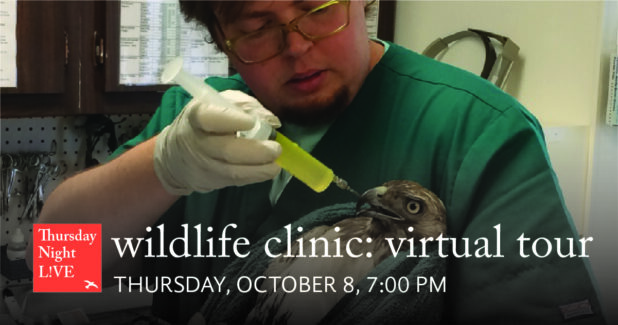

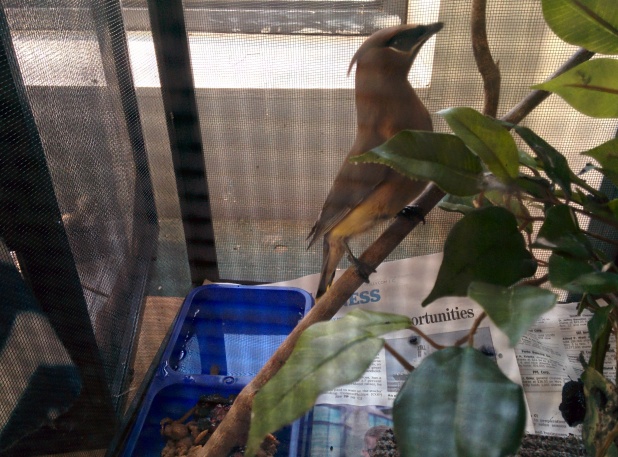
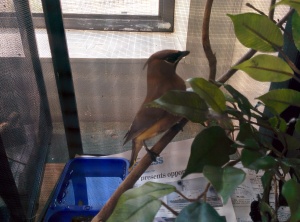 These symptoms are also connected with head trauma in wild birds, so that was also a possibility. But given his behavior, we didn’t think that was the case. He was much, much more ‘still’ than other concussed birds I’ve treated, and there was just something odd about the way he looked. Sure enough, after two days in the ‘drunk tank’ – after some anti-inflammatories, lots of fluids, and lots of free berries and worms from us, he started acting like a wild bird, completely scared of us and fluttering around and flying just like a normal wild bird. Sometimes birds like this fly into windows, or get stepped on, so he could have really been injured. I’m glad the woman was concerned enough to bring him to us.
These symptoms are also connected with head trauma in wild birds, so that was also a possibility. But given his behavior, we didn’t think that was the case. He was much, much more ‘still’ than other concussed birds I’ve treated, and there was just something odd about the way he looked. Sure enough, after two days in the ‘drunk tank’ – after some anti-inflammatories, lots of fluids, and lots of free berries and worms from us, he started acting like a wild bird, completely scared of us and fluttering around and flying just like a normal wild bird. Sometimes birds like this fly into windows, or get stepped on, so he could have really been injured. I’m glad the woman was concerned enough to bring him to us.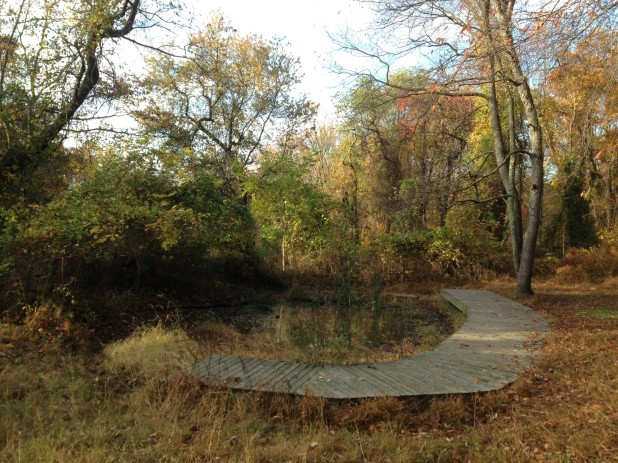
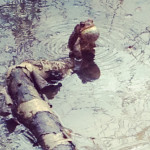 Cattail Pond sits in a serene, sunlit woodland opening at the edge of our forest, just a few quick steps outside our back door. It is a special place, nestled into one of the few areas on the property that is free from undulating topography, naturally protected by a steep slope uphill from it and surrounding trees. Taking all of this into consideration, it’s not surprising that there are also ruins of a barn near the pond, part of a former homestead and a reminder of the rich history of this land.
Cattail Pond sits in a serene, sunlit woodland opening at the edge of our forest, just a few quick steps outside our back door. It is a special place, nestled into one of the few areas on the property that is free from undulating topography, naturally protected by a steep slope uphill from it and surrounding trees. Taking all of this into consideration, it’s not surprising that there are also ruins of a barn near the pond, part of a former homestead and a reminder of the rich history of this land. 